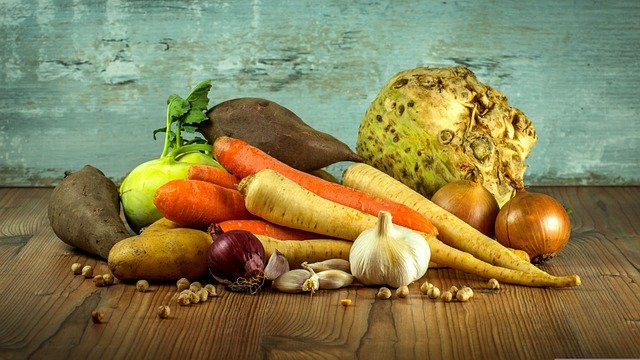Classification Of Crops Based On Life Cycle And Purpose With Examples

Crops can be classified in several ways. However, the classification that is most useful to farmers are the ones based on the crop purpose and life cycle
Classification of Crops Based on Life Cycle
Crops are commonly grouped into annuals, biennials, and perennials according to the span of their life cycles. This helps farmers to plan how to use their land to meet their goals.
Annual crops: These plants complete their entire life cycles and die within one growing season which may be from a few months to a year. Examples include rice, wheat, maize, bean, and sunflower.
Biennials: These plants grow and store food during the first growing season, and use it in the second growing season to produce flowers, fruits, and seeds before they die. Examples include pepper, carrot, onion, ginger, and turnip which are harvested for food immediately after first growing season.
Perennials: They complete their life cycle in more than two years. These include trees, shrubs, and herbs which continue to grow from year to year, producing flowers, fruits, and seeds for many years. Examples are oil palm, mango, rubber, coconut, etc.
Read: Classes of food with examples
Classification of Crops Based on Purpose
In agriculture, cultivated crops are usually grouped according to the products for which they are grown.
Cereals: These crops belong to the grass family. They include maize, rice, millet, guinea corn, and wheat. They are grown for their grains which form the bulk of the world’s food supply. The grains have a high starch content and contain varying amounts of proteins, oils, and vitamin.
Legumes: They are important source of protein. Also, they replenish soil nitrogen which makes them important in crop rotation. Examples include bean, groundnut, cowpea, soya bean, oil bean, lima bean, and pigeon pea.
Root crops: They are grown purposely for starch and form the staple food of the people in tropical countries. They include cassava, yam, and sweet potato.
Vegetables: they are grown to supply dietary vitamins and certain minerals like calcium. Examples include tomato, okra, onion, pepper, and spinach.
Fruits: many plants are grown for their fruits which are rich sources of vitamins, especially vitamins A and C, minerals, and sugars. Examples include orange, banana, pineapple, pawpaw, mango, etc.
Beverages: The crops which yield these products include cacao, coffee, tobacco, etc.are food for drinks, some as stimulant, and medicine.
Spices: They are used mainly for flavouring food. Pepper, ginger, cinnamon, and cloves belong to this group
Oils: The fruits and seeds of certain plants are rich in oil. Such crops include oil palm, shea butter, coconut, and sunflower.
Forage crops: These are the grasses and legumes that are grown for animal feed.
Fibres: Plants such as jute, hemp, and cotton are grown for their fibres which are used for making clothes and ropes.
